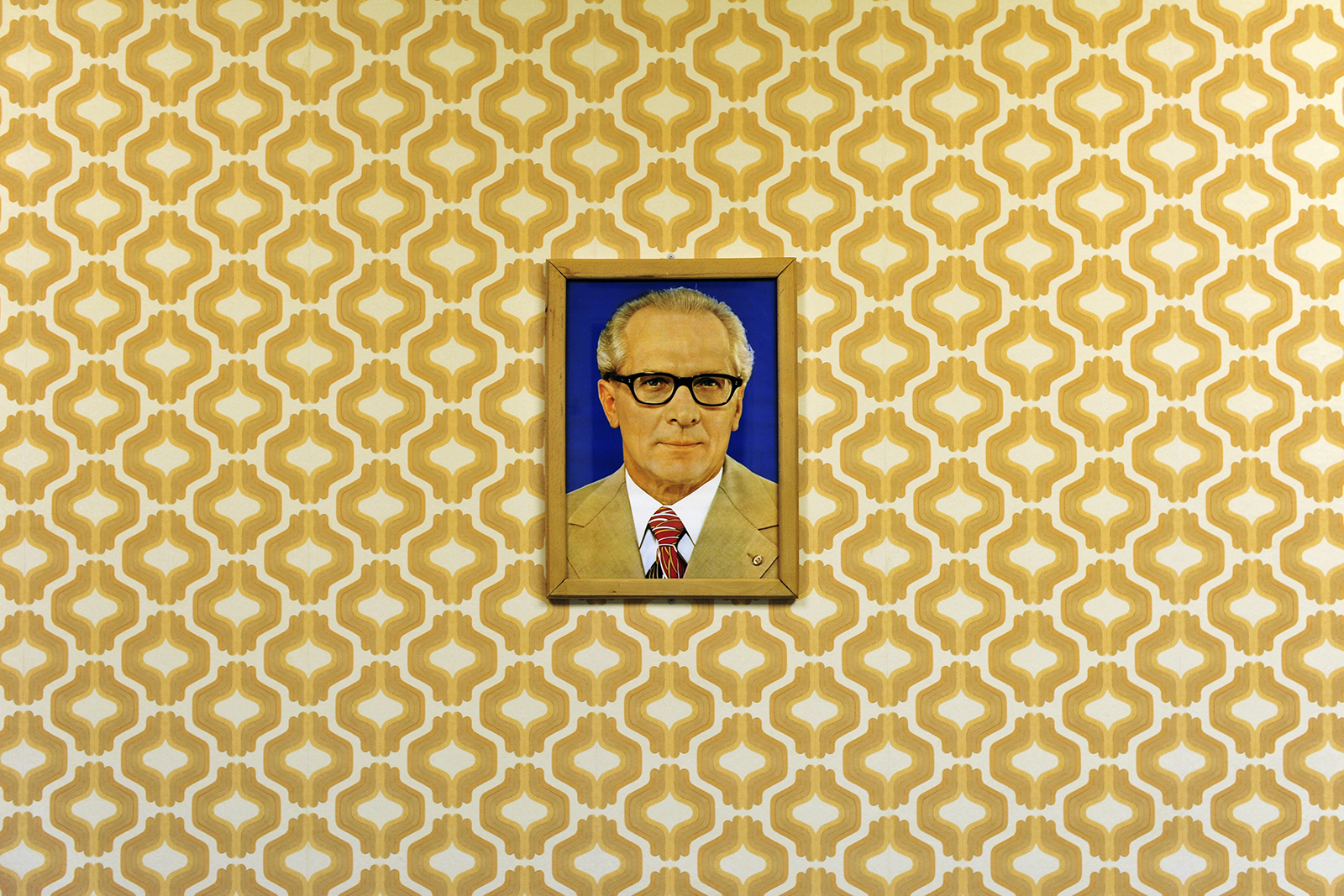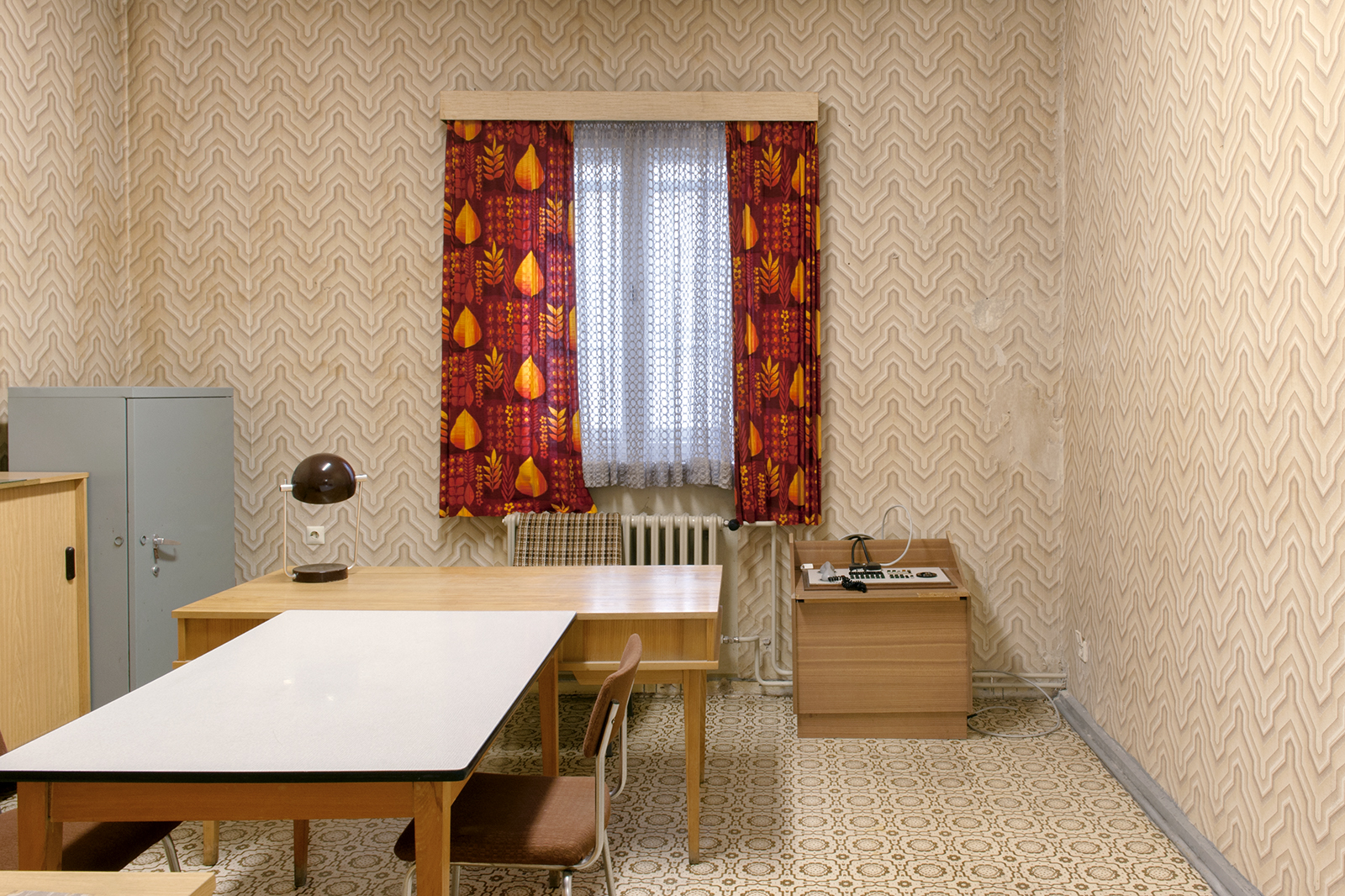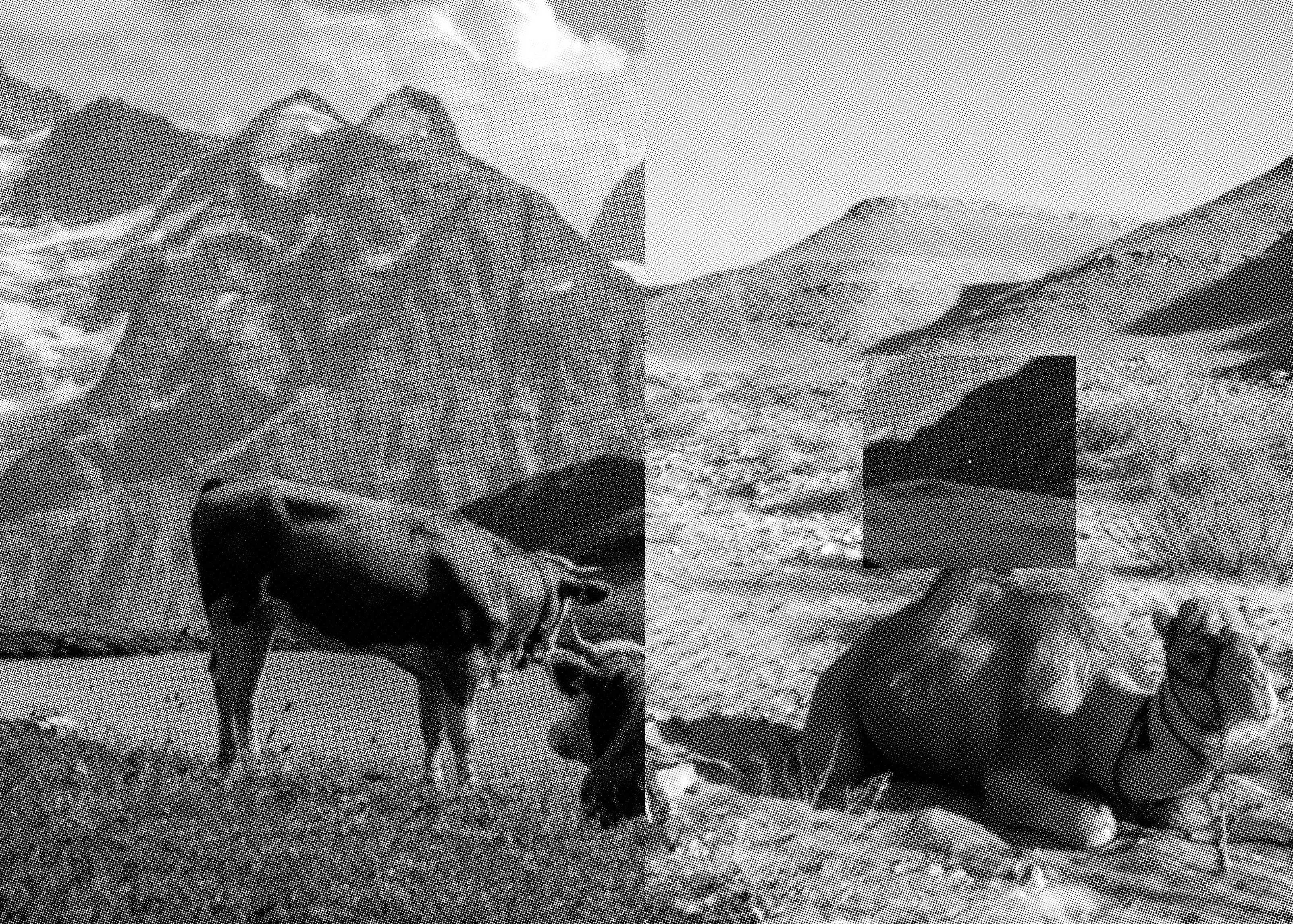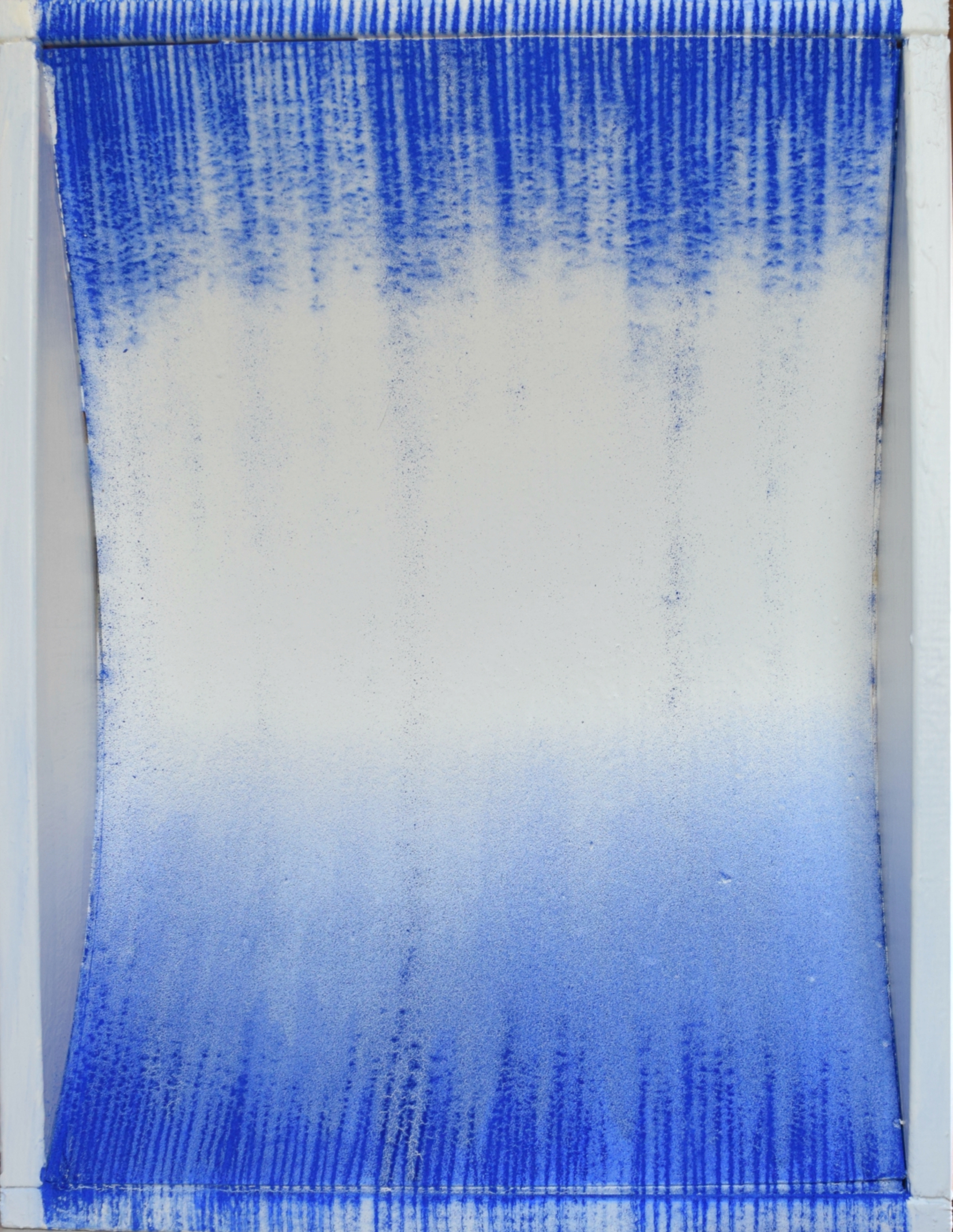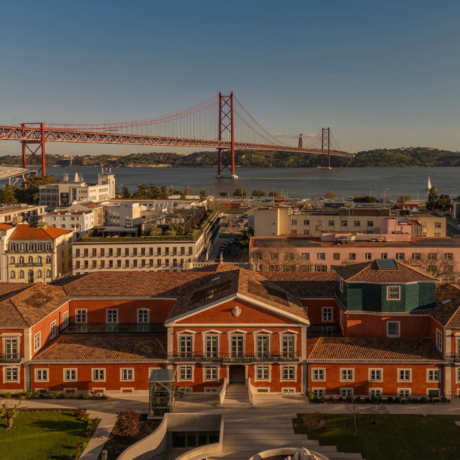Israel is a small country: Around 8 and a half million people live there, which is almost exactly the same number of people living in London. It felt like most of them were in attendance at the opening night of Fresh Paint–the 8th edition of country’s largest and most significant contemporary art fair.
Unlike previews of art fairs in other major cultural cities around the world, Fresh Paint still feels like an anticipated event; perhaps because it’s one of the only real opportunities in the year for Israeli artists to present their work to an international audience in Israel, and one of the only chances for visitors to get a current overview of commercial and artistic interests in Israeli art.
At its location at the Tel Aviv Port, access to exhibiting is dominated by Jewish Israeli art–with the exception of The House of Culture & Art, from Nazareth. But a discernable trend in the art on show is to deal with the complex beauty of exterior and interior places. Tropical landscapes (Ofra Ohana’s palm tree oil painting was a favourite) and desert planes (Itay Benit and Ailon Glitzenstein both depicting sparse environments with their minimalist works), Soviet and European domestic settings (Uta Patinkin’s paintings, or photographs by Michelle Medenblik and Maria Barlaslov) or everyday items (Shelly Roichman’s humourously heavy ceramic towels), tinged with nostalgia, give a glimpse into the myriad layers that are at the crux of Israel’s socio-cultural reality.
The dislocation between an individual and their surroundings and the displacement of cultures continues into the main galleries arena, notably in works by renowned painter Misha Rappaport (presented by Dan Gallery) or Livtak Contemporary’s presentation of Elad Kopler and Gilad Kahana’s Safe Borders project; collages that use map patterns and cartography to extract the familiar from its usual context.
The outstanding section of the fair is the independent artist section, the ‘Artist’s Greenhouse’, where Israeli artists are presented independently and curated by Fresh Paint. There’s a genuinely rich mix of disciplines and artists at different points in their careers. One of the most recognizable names at the Greenhouse is acclaimed Israeli ceramic artist Ronit Baranga–whose work had nearly sold out. She told me that when Kanye West posted about her work a few years ago, she had no idea who he was. ‘At the time I said, well, a lot of blogs write about my work,’ she laughed. Baranga was also invited by Banksy to exhibit at his Dismaland show at Weston-Super-Mare last year.
Meanwhile, the presence of artists from abroad was mostly at Tilted–an ambitious curatorial project taking over a soaring hangar adjacent to the fair’s main site. The exhibition premise is to discuss the current condition of fragility and instability of borders–spatial, temporal, conceptual and material. Here, the lack of Palestinian or Arab Israeli artists felt particularly glaring. Among the standout international inclusions was Japanese artist Onishi Yasuaki, whose site-specific installation Vertical Emptiness –a scintillating upside-down forest–emanated its delicate, ephemeral atmosphere throughout the space. It forged a gorgeous union with Noa Ginzburg’s Safe Room; constructed out of 10 kilometres of knitted red ‘safety’ tape, a clever play on the dichotomous aspects of the material itself—physically weak but symbolically strong–and its contradictory connotations of protecting/confining. Elsewhere, a performance by conceptual artist and professional boxer Szilard Gaspar–Full Contact Matter—saw the Romanian artist punching boxing bags made of clay in a boxing ring with a clay floor.
Back in the main arena, where prominent Israeli galleries presented work, Gordon Galleries–one of Tel Aviv’s longest established art venues, celebrating 50 years this year–put on a retrospective display of Israeli art with a work from each year since they opened, but arranged in a non-chronological way to reveal new connections through time.
‘Fresh Paint 8’ is open until Saturday 9 April at Yarid Hamizrach, Tel Aviv Port

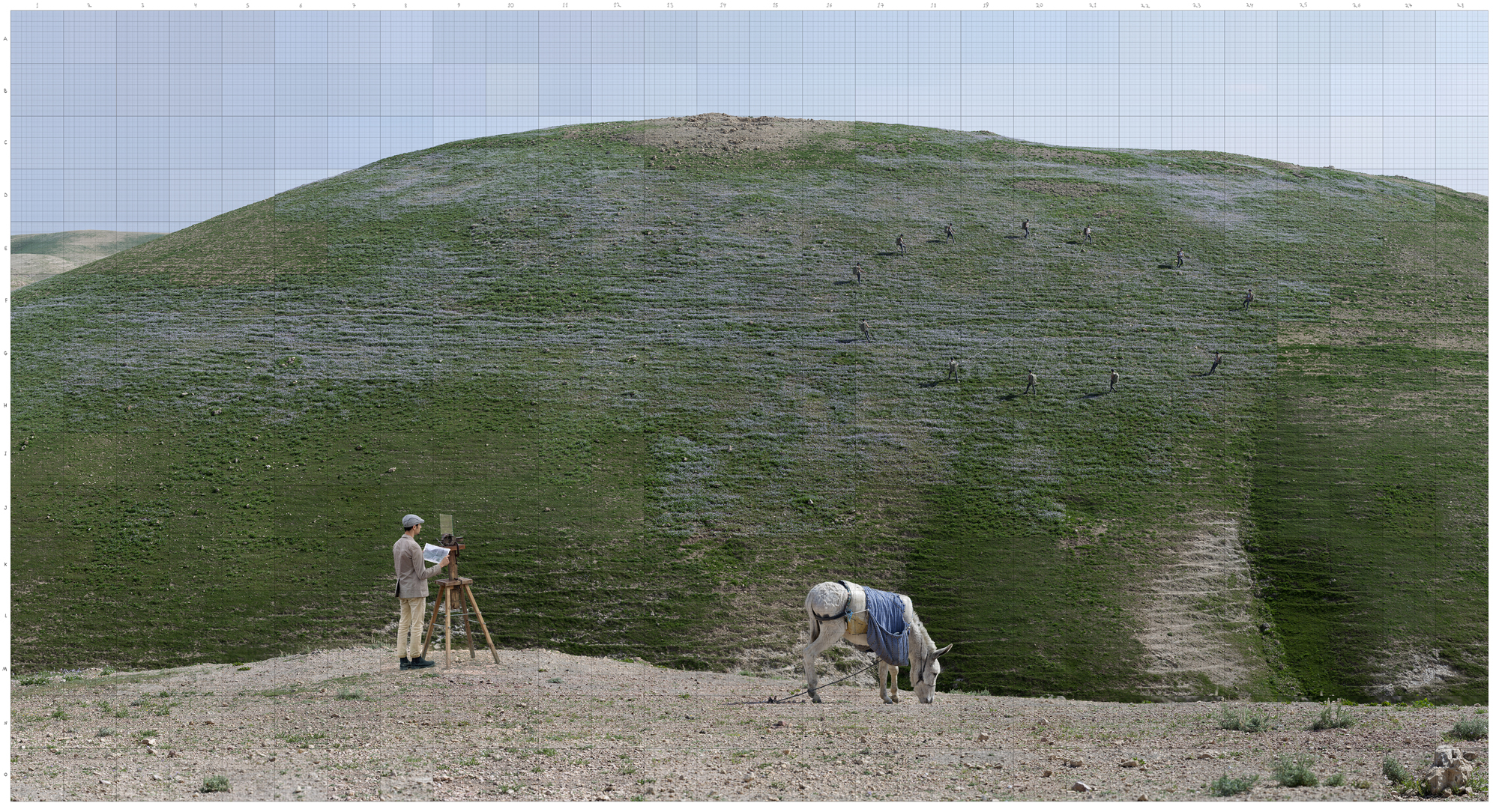
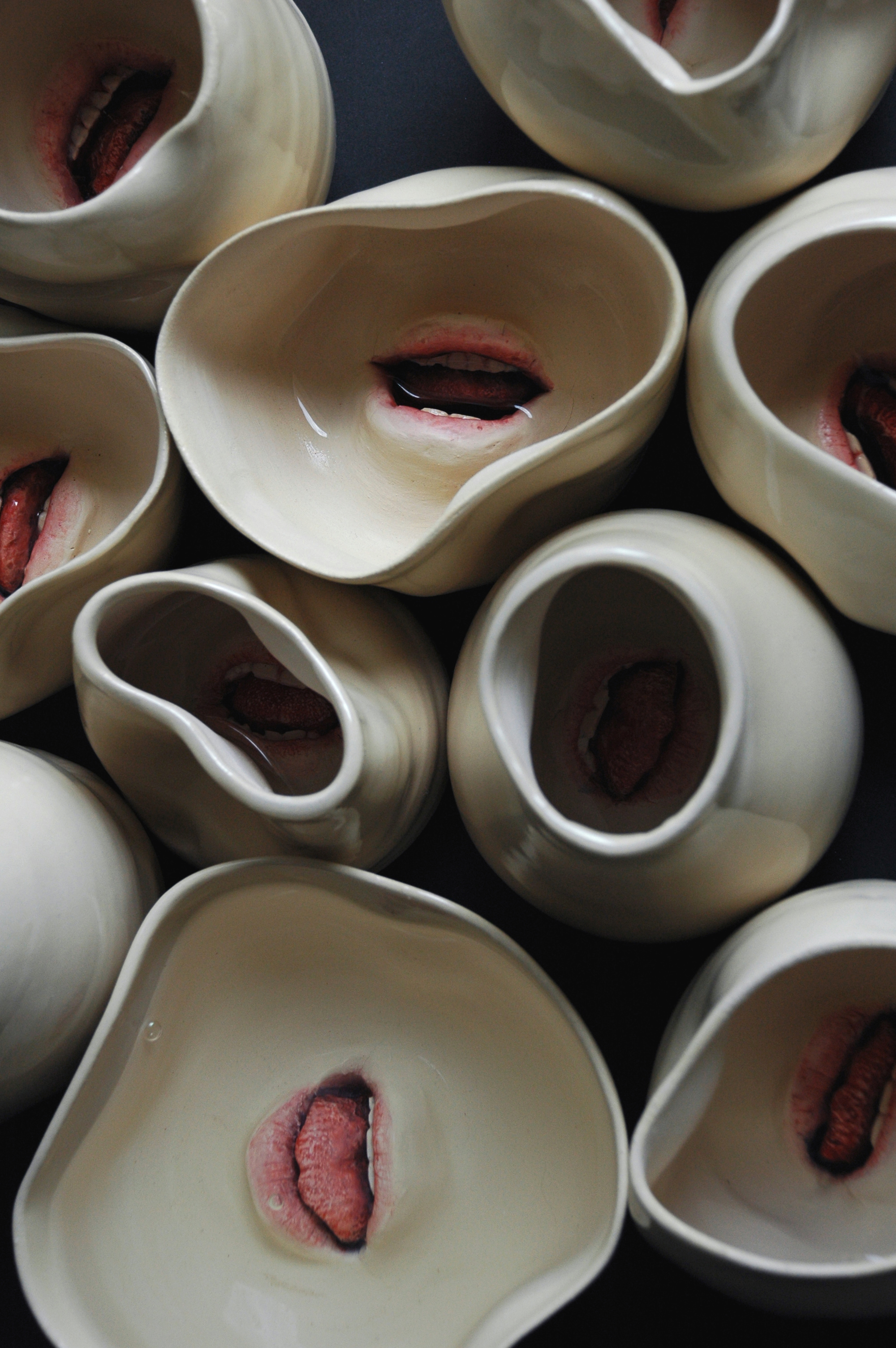

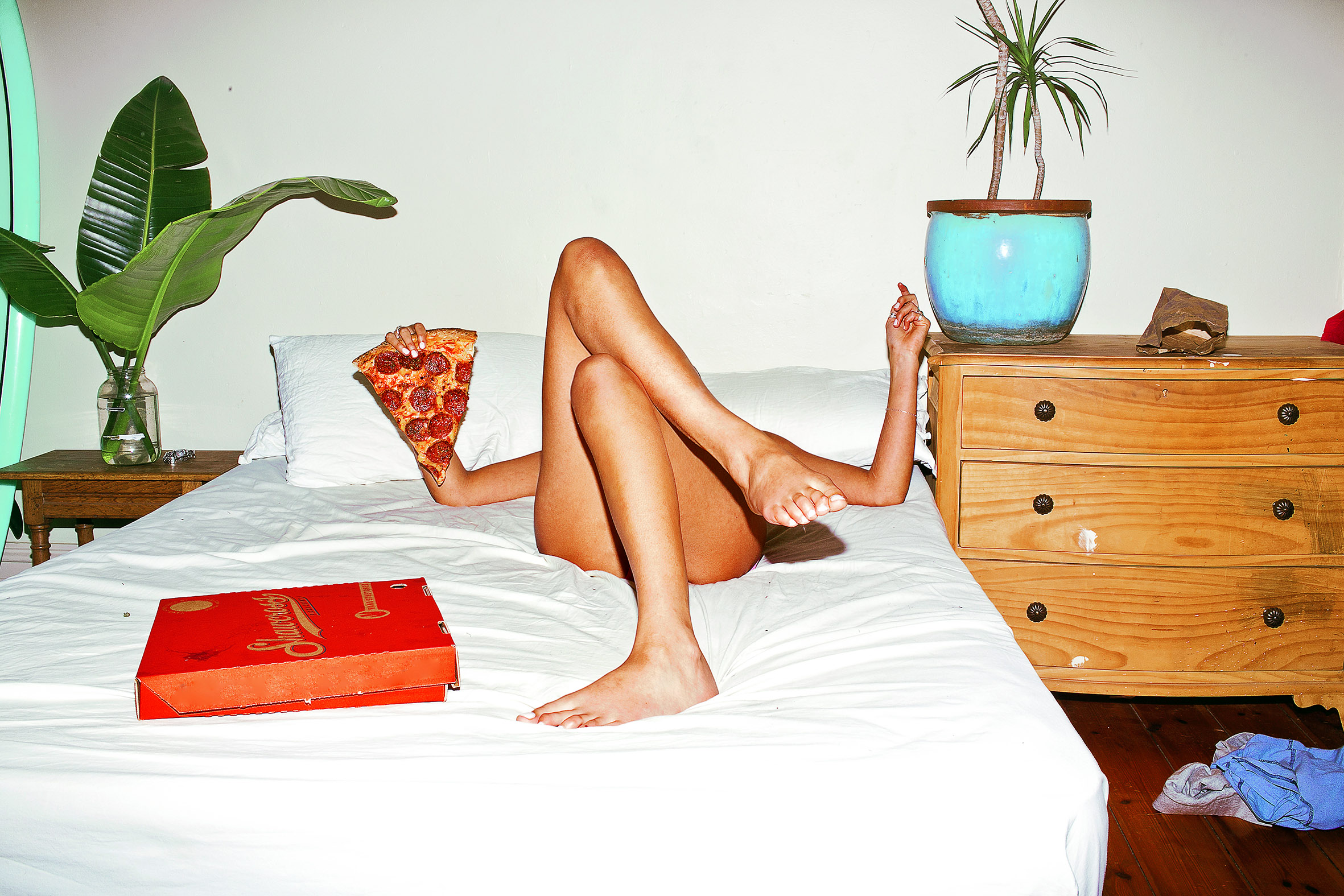
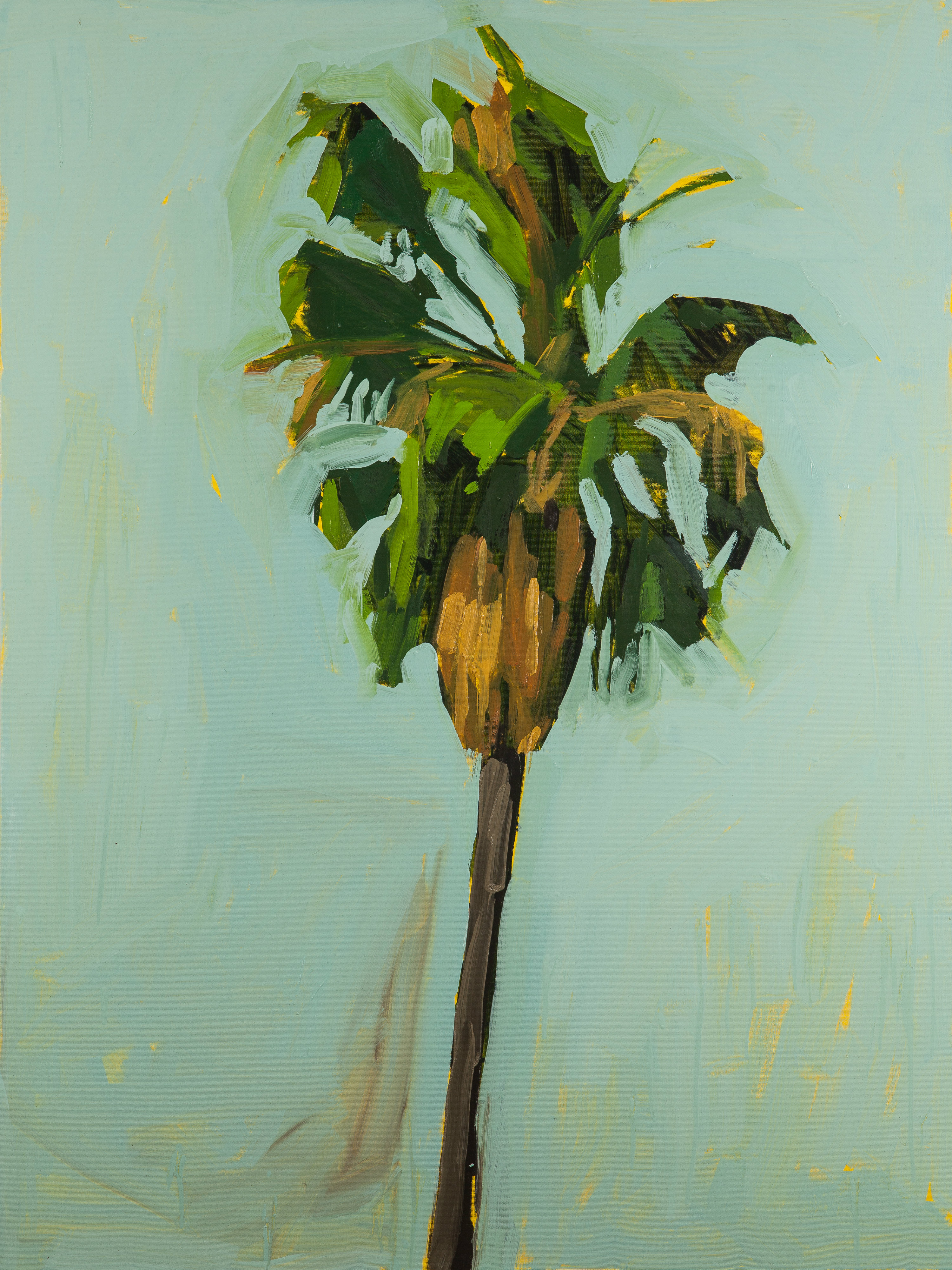
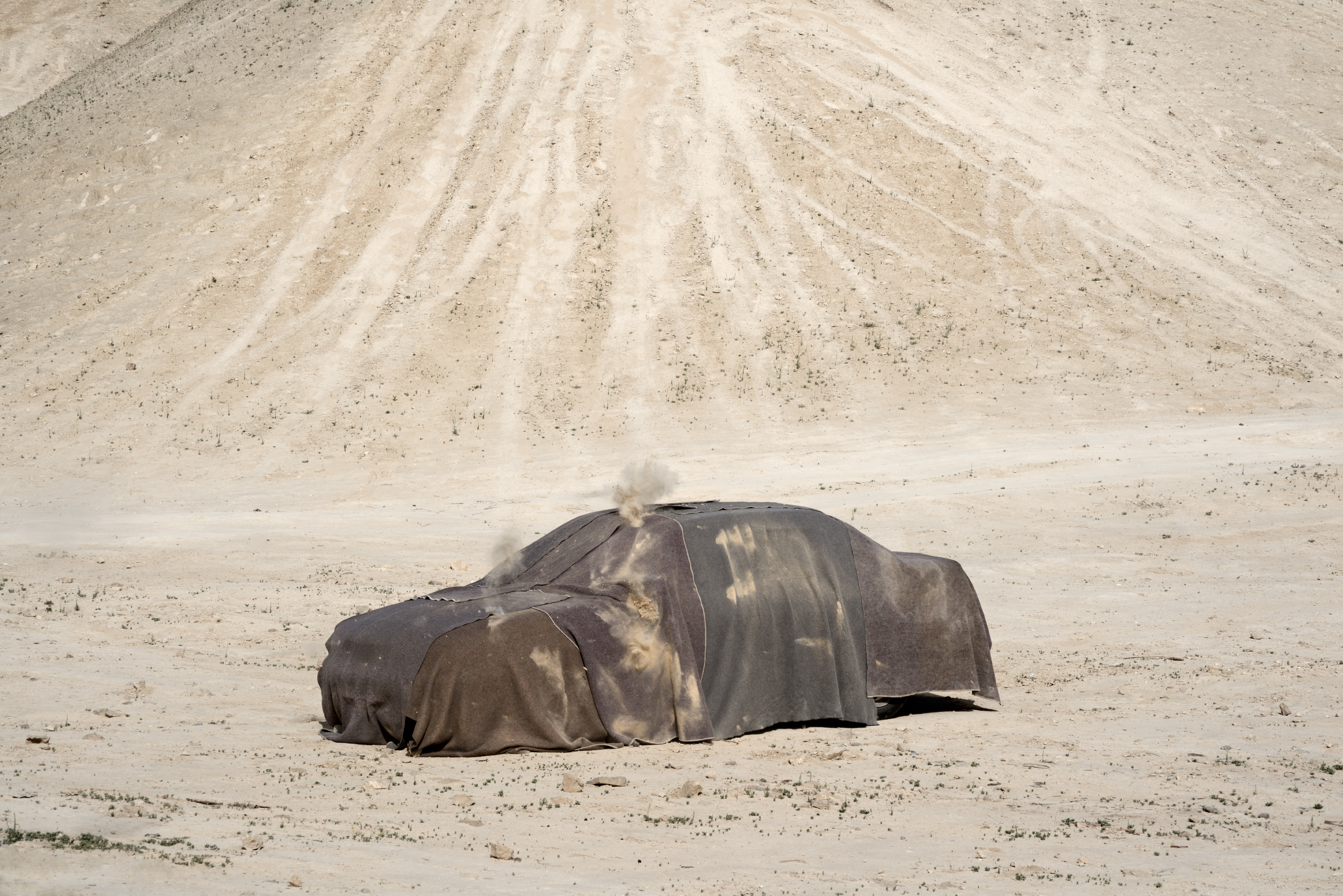
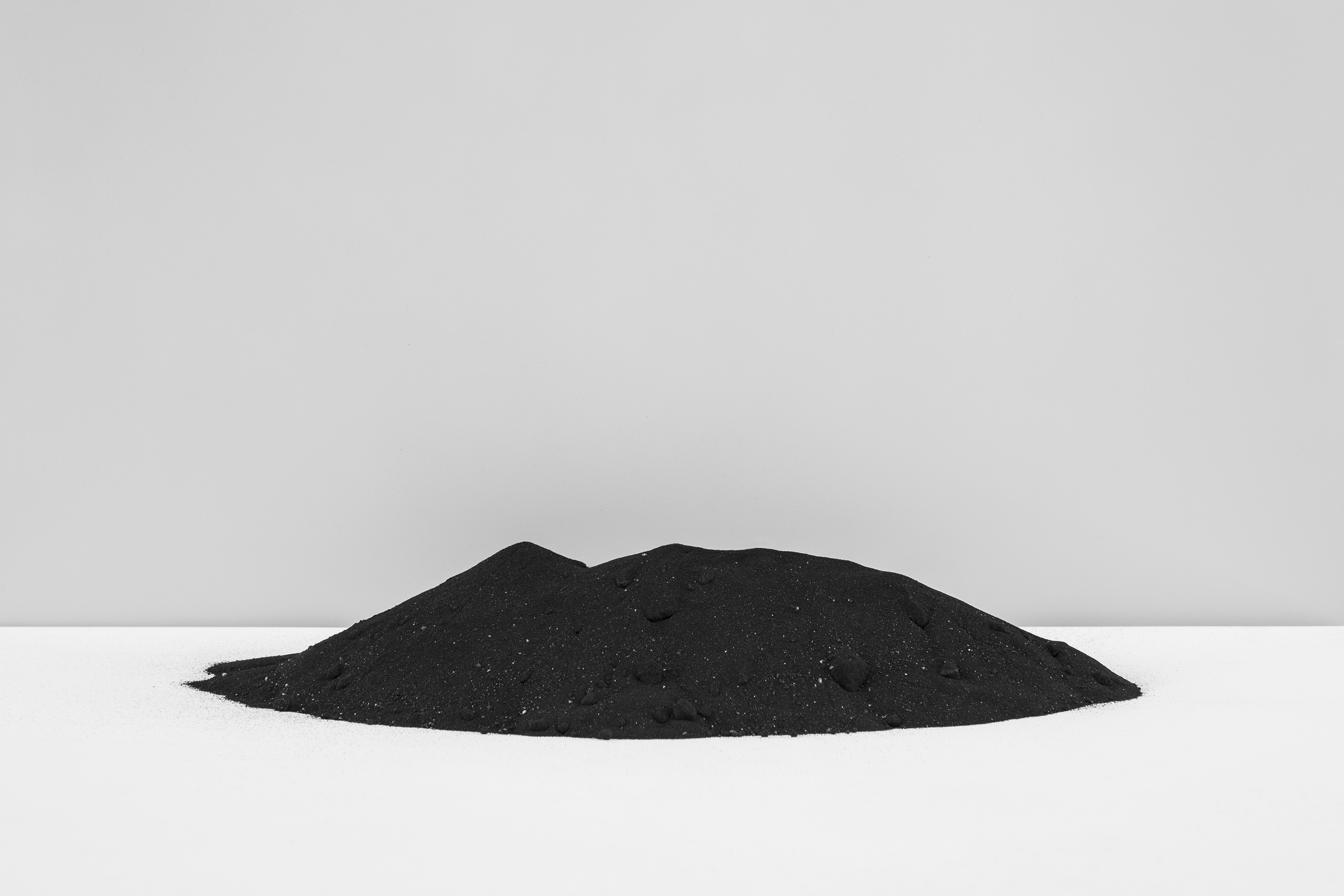
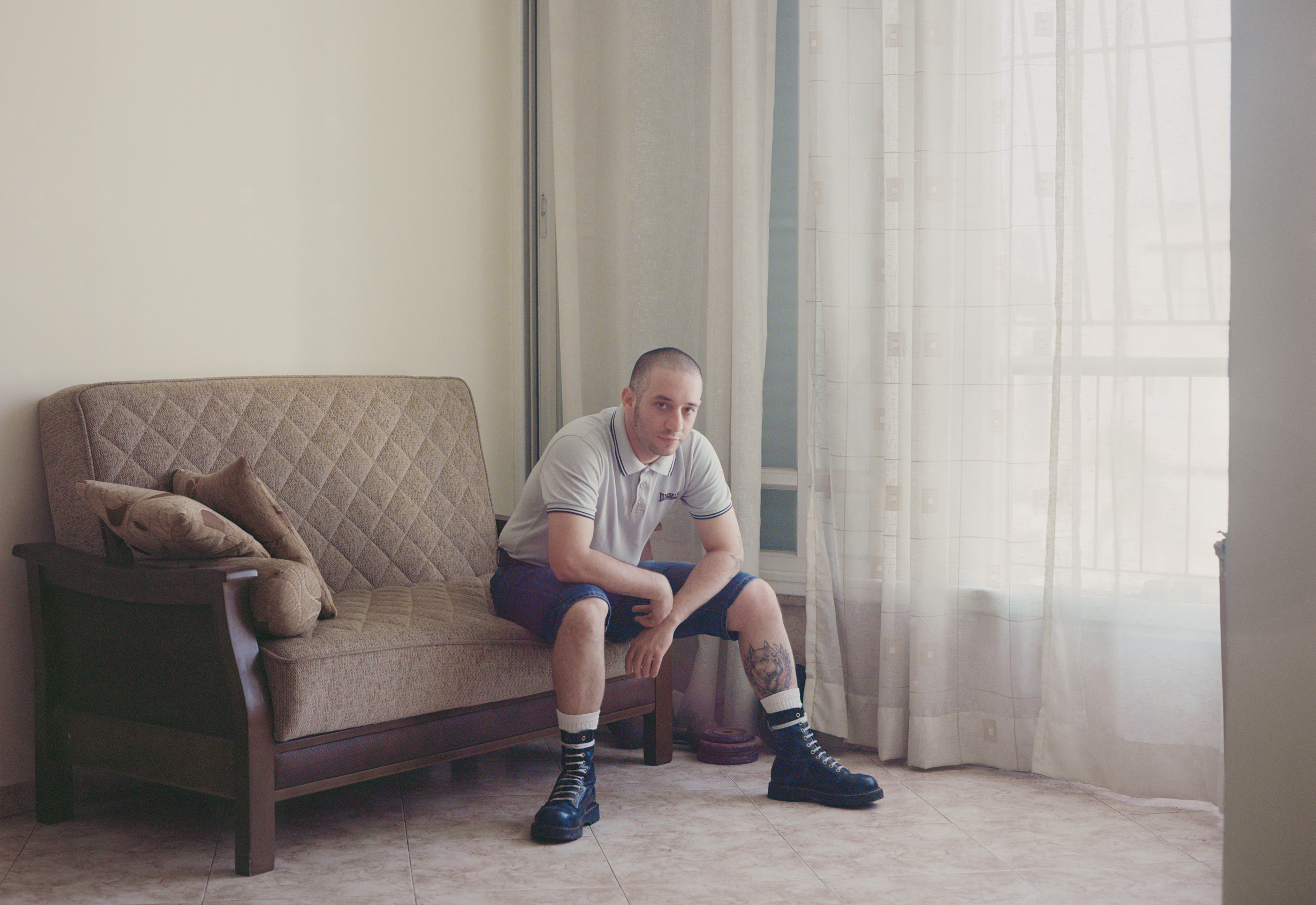
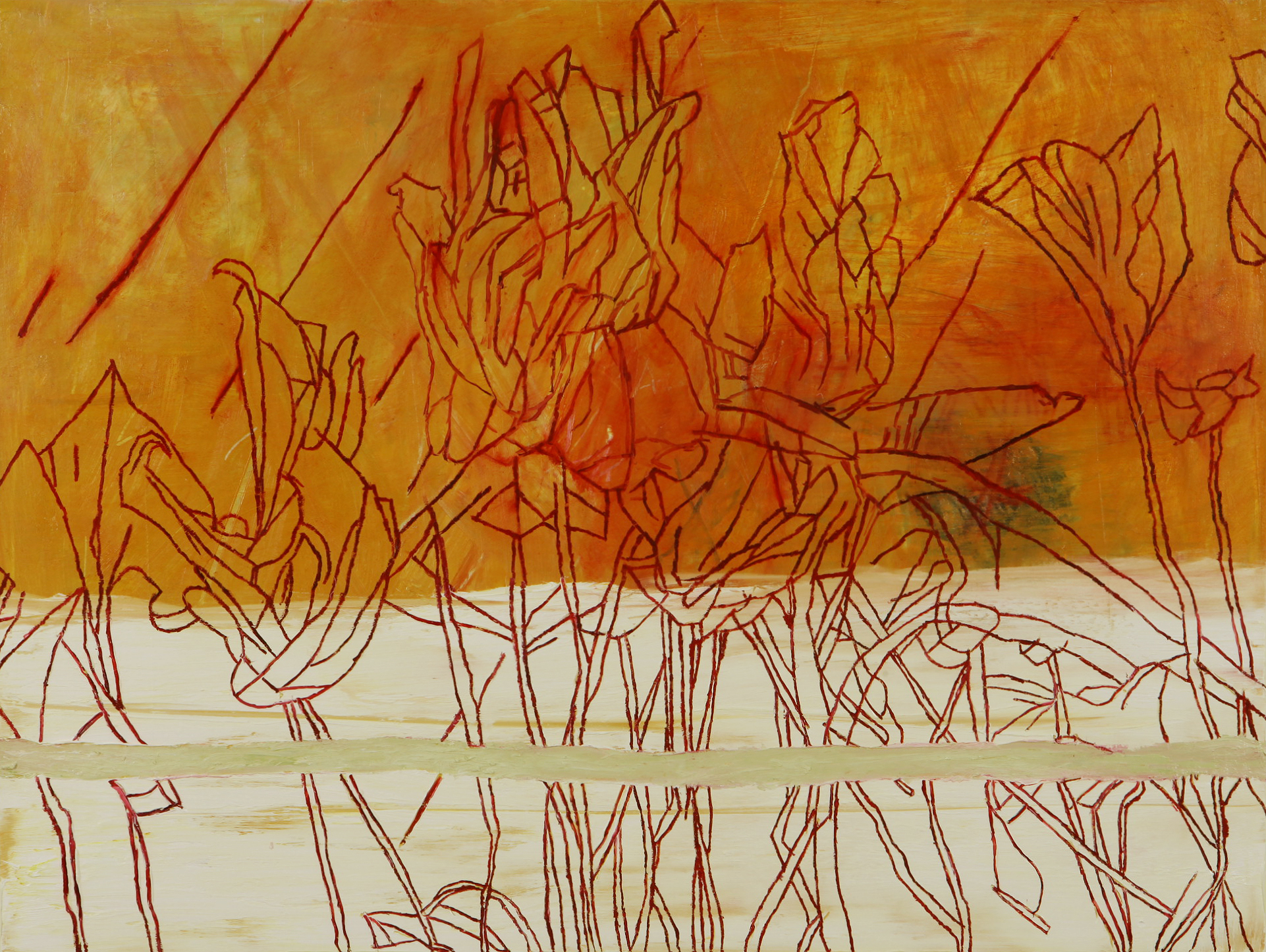
Sharon Poliakine, Untitled, 2015, oil on canvas, 60X80, Gordon Gallery
